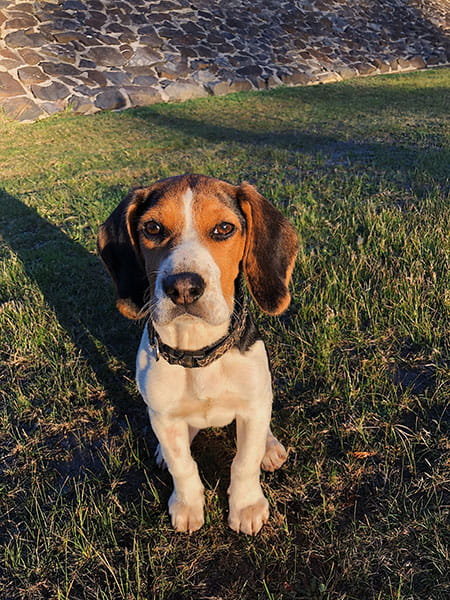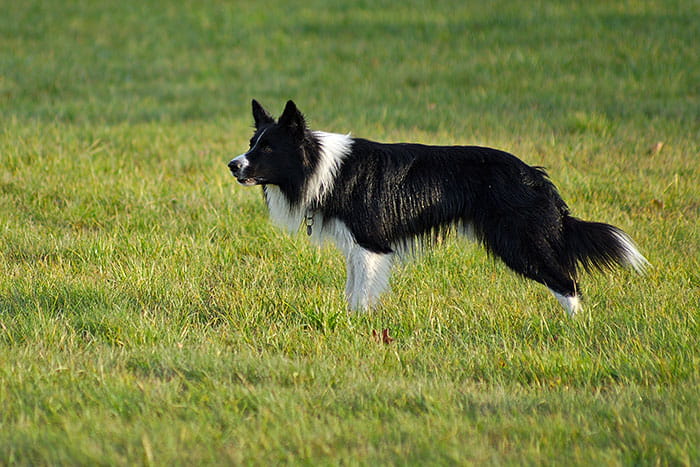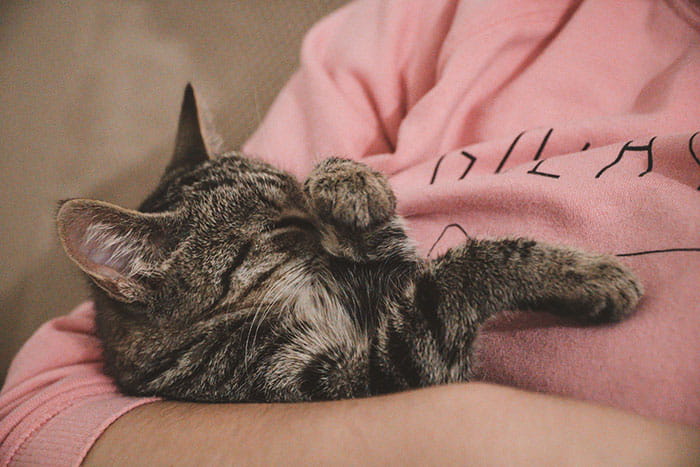Which jobs are your pets suited to?
The important jobs of cats & dogs in society
Which jobs do cats and dogs have and which breeds are best-suited for them?
In today’s society, cats and dogs are so much more than just pets. We often think of them like our family too!
And as much as we love to pamper our pets, throughout history, dogs, in particular, have taken on working roles such as sheep herding, hunting, protection and as therapy or guide dogs for the visually impaired.
To a lesser extent, cats have also taken on jobs and roles aiding humans, often catching mice and other rodents on farms and the like. More recently, as the idea of therapy animals has caught on, cats are also being employed for emotional support too.
So what are some of the more common job opportunities out there for our cats and dogs and what roles are better suited to certain breeds?
Hunting & shooting dogs
Given their incredibly strong sense of smell, it’s little wonder that dogs are considered something of a necessity for hunting and shooting. There’s now a huge choice of gun-dog breeds to choose from, each with their individual strengths depending on what game they’re being used to flush out.
Which dog breeds are best for hunting and shooting?
For tracking scent, there are few gun-dogs to rival the Bloodhound breed. But Labrador Retrievers, which are fantastic swimmers and highly intelligent, are also popular, as is the Beagle for smaller game such as rabbits and hares.

Beagles have long been used as hunting dogs. Image / Marilese Streefland, Unsplash.
Livestock dogs
For the most part, livestock dogs are there to herd animals like sheep, keeping them in formation and preventing them from wandering off.
Which dog breeds are best for working with livestock?
Often known as “sheepdogs”, Welsh Border Collies tend to be the most popular breed due to their extreme intelligence, high exercise needs and strong trainability. Some farmers use LGDs (livestock guardian dogs) to protect the herd from predators as well.

Border Collies are exceptionally intelligent dogs. Image / Lukas Ruzicka, Unsplash
Therapy & assistance dogs
Therapy dogs can be any breed from a Pomeranian to a St Bernard’s – as long as it is of the right temperament and training for the type of therapy it will be involved in, it doesn’t usually matter. Therapy dogs are used to improve a person’s mental well-being and provide emotional support. They may be placed with one person or travel to different places e.g. schools, care homes and hospitals. The idea is that interacting with such animals decreases the production of the stress hormone cortisol, while also increasing happy hormones such as dopamine and oxytocin.
Assistance dogs are trained to aid humans with certain tasks e.g. a guide dog for someone who is visually impaired.
Which dog breeds are best for therapy & assistance?
Guide dogs are often Labradors or Golden Retrievers and it’s their job to help their owner safely navigate their world. Hearing dogs are trained to recognise specific sounds and to then alert their owner when they hear it, such as alarms, telephones and doorbells. Retrievers again are popular here, but other breeds include Cocker Spaniels and even Shih Tzus. An assistance dog can be used in a number of medical settings, supporting those who are diabetic, autistic or mobility impaired.

Cats are also fantastic therapy animals. Image / Ramiz Dedakovic, Unsplash
Therapy cats
Just like therapy dogs, cats are now being used for therapeutic purposes to improve mental health and provide emotional support in humans. Again, they will need to be of the right temperament to induce a calm, soothing and comforting reaction in the patient. The breed is less important in therapy roles than other types of “work”, but good all-rounders are likely to include the American Shorthair, which is said to be gentle and good with children, and Siamese cats, which are known for being more affectionate than other breeds.
Dogs and cats continue to play an important role in our society when it comes to work, even today. Used less for hunting and agriculture than perhaps they once were, these animals are adapting to new ways of supporting humans in both assistance and therapy.




